For those who keep snails as pets or maintain them for educational purposes, understanding the importance of substrate replacement is crucial for their health and well-being. The substrate, or bedding material, plays a significant role in maintaining humidity, providing a comfortable surface for movement, and even contributing to the snail’s diet if it includes organic matter. However, many caretakers overlook the necessity of regular substrate changes, which can lead to unsanitary conditions and potential health risks for the snails.
The frequency at which you should replace your snail’s substrate depends on several factors. These include the type of substrate used, the size of the enclosure, the number of snails housed within it, and the overall humidity and temperature conditions. A general rule of thumb is to replace the substrate entirely every four to six weeks, but this can vary. For instance, if the substrate becomes excessively damp, develops mold, or emits an unpleasant odor, immediate replacement is necessary regardless of the usual schedule.
One of the primary reasons for regular substrate replacement is waste accumulation. Snails produce both solid and liquid waste, which can contaminate the substrate over time. If left unchanged, the buildup of waste can create an unhealthy environment, promoting bacterial growth and increasing the risk of infections or parasites. Additionally, decomposing food remnants mixed into the substrate can further exacerbate these issues, making it essential to monitor cleanliness closely.
Another consideration is the type of substrate being used. Coconut coir, peat moss, and organic potting soil are popular choices due to their moisture retention and natural composition. However, each has its own lifespan before breaking down or becoming less effective. Coconut coir, for example, tends to retain its structure longer than peat moss but may still require more frequent changes if it becomes compacted. Observing the texture and smell of the substrate can help determine when it’s time for a refresh.
Humidity levels within the enclosure also influence how often the substrate should be replaced. Snails thrive in moist environments, but excessive dampness can lead to mold growth and bacterial proliferation. If the substrate remains wet for prolonged periods without drying slightly between misting sessions, it may need to be changed more frequently to prevent these issues. Conversely, in drier setups, the substrate may last longer but should still be checked regularly for signs of deterioration.
For those who prefer a more hands-off approach, spot cleaning can help extend the time between full substrate replacements. Removing visible waste, uneaten food, and any moldy patches daily or every few days can maintain a cleaner habitat. However, spot cleaning should not replace complete substrate changes, as microscopic bacteria and waste particles will still accumulate over time.
When replacing the substrate, it’s important to prepare the new bedding properly. Many substrates, especially those sold in compressed blocks, require soaking and fluffing before use. Ensuring the new substrate is free from pesticides, fertilizers, or other harmful chemicals is also critical. Some keepers choose to bake or freeze the substrate before introducing it to the enclosure to eliminate any potential pests or pathogens.
Finally, observing your snail’s behavior can provide valuable clues about the state of their substrate. If a snail becomes less active, refuses to eat, or shows signs of irritation (such as excessive mucus production), the substrate may be a contributing factor. Regularly assessing both the enclosure conditions and the snail’s health will help establish a suitable replacement schedule tailored to their specific needs.
In summary, while there is no one-size-fits-all answer to how often snail substrate should be replaced, maintaining a clean and healthy environment is non-negotiable. By paying attention to the substrate’s condition, adjusting for humidity and waste levels, and responding to any signs of distress in the snails, caretakers can ensure a thriving habitat. A little diligence goes a long way in keeping these fascinating creatures happy and healthy.
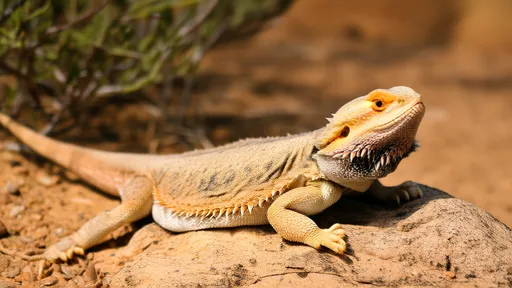
By /Jun 28, 2025
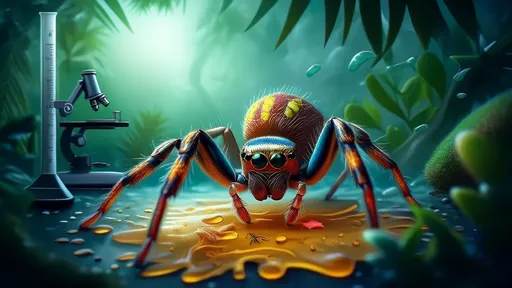
By /Jun 28, 2025
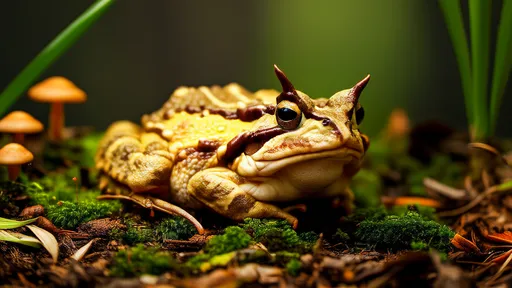
By /Jun 28, 2025
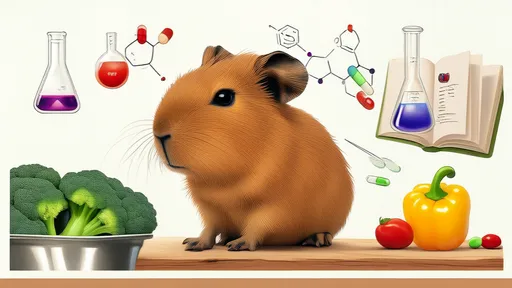
By /Jun 28, 2025
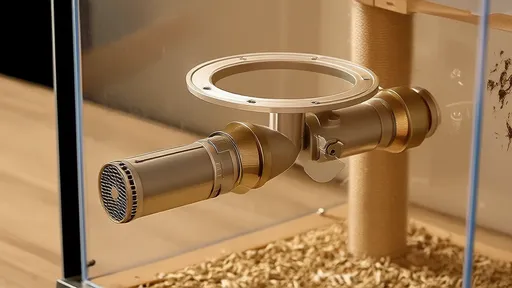
By /Jun 28, 2025
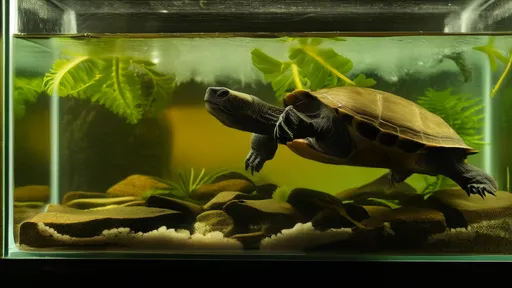
By /Jun 28, 2025
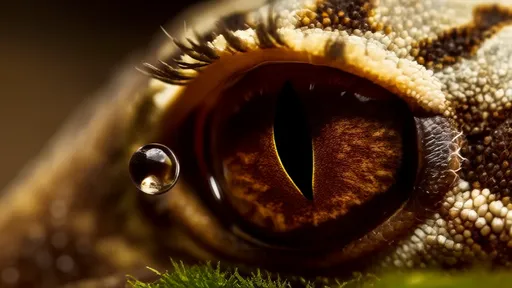
By /Jun 28, 2025
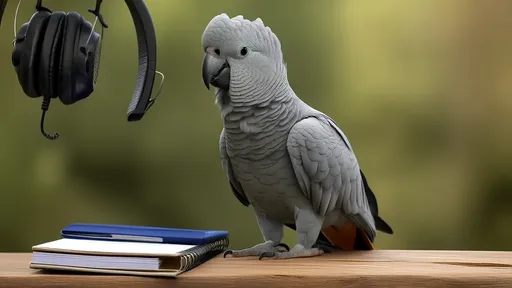
By /Jun 28, 2025
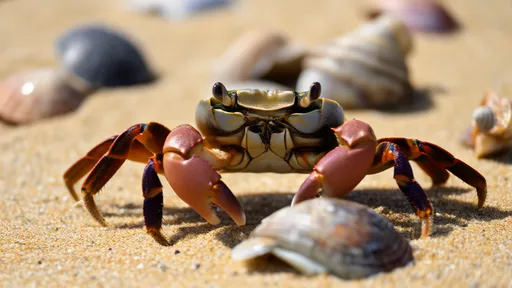
By /Jun 28, 2025
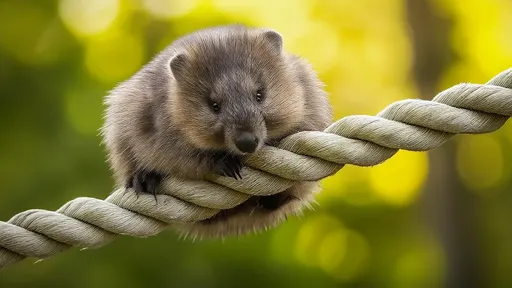
By /Jun 28, 2025
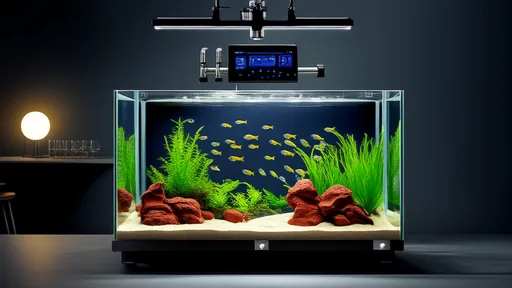
By /Jun 28, 2025
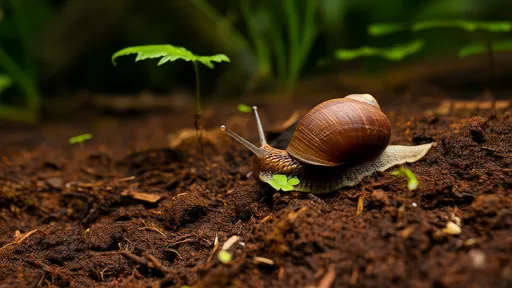
By /Jun 28, 2025
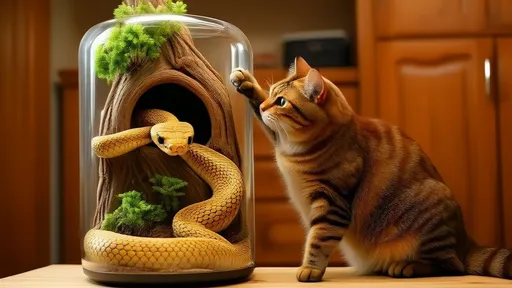
By /Jun 28, 2025
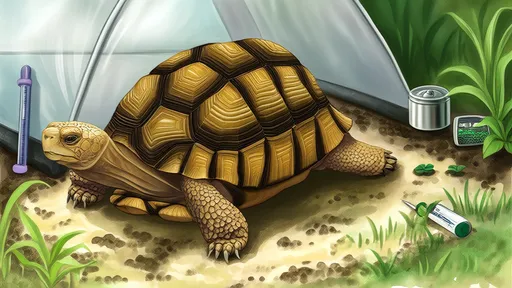
By /Jun 28, 2025
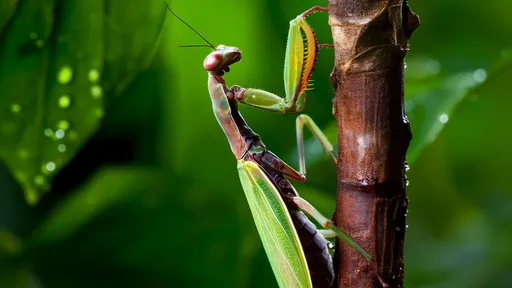
By /Jun 28, 2025
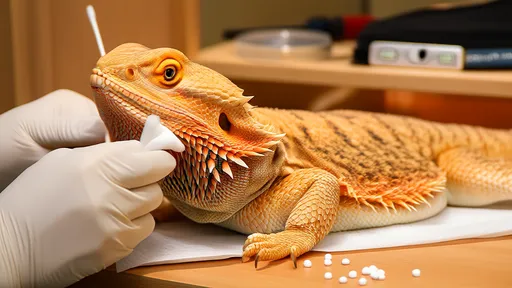
By /Jun 28, 2025
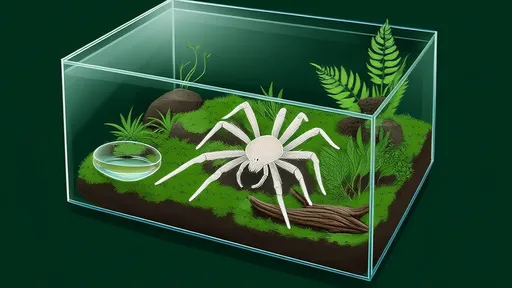
By /Jun 28, 2025